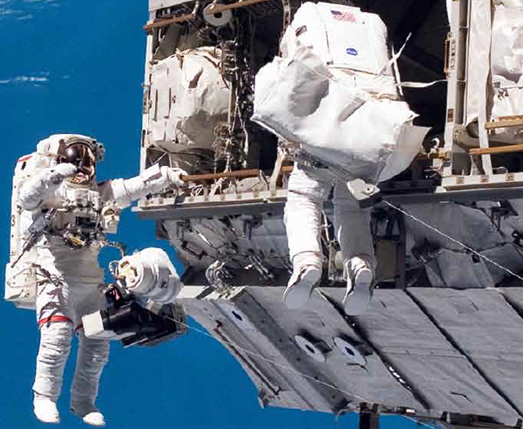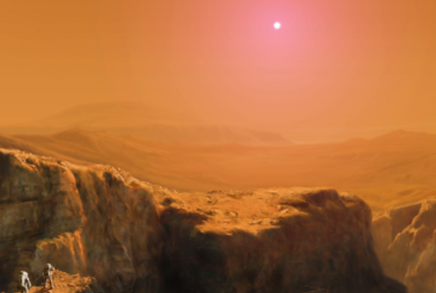NASA's goal through the next decades is to expand THE human presence throughout the solar system and increase scientific knowledge, enable technological and economic growth, and inspire international collaborative effort. To accomplish this, the agency embraces a multi-destination human space exploration strategy: using a capability driven approach instead of a specialized, destination-specific hardware. The Voyages report takes an inside look into NASA's upcoming missions.

Over the course of the upcoming decades, NASA will labor in sending astronauts to a slew of destinations: near-Earth asteroid (NEA), the space surrounding the Earth and Moon called cis-lunar space, and eventually Mars and its moons. The first leg of the journey involves exploring NEA's followed by the cis-lunar space to gain a solid grasp of the long term implications of space travel on human physiology in order to devise better modes for dealing with deep space travel.

A rendition of the Martian landscape extracted from theVoyages report.
The study of the NEA's is being spearheaded by NASA’s asteroid capture mission. If successful the mission could reveal information about the early state of the solar system, teach us how to identify and protect against hazardous asteroids, and whether there is any means of harnessing resources from asteroids.
NASA's core competencies permit the flexibility to conduct missions of increasing difficulty over a long period of time to better reach this goal. The capability driven approach ensures a combination of both sustainability and flexibility amidst the changing political and economic landscape.
All the knowledge acquired from these missions will serve as preparation for the ultimate destination, Mars. Reaching the red planet is the first foothold of a larger space frontier, extending space exploration beyond the inner solar system, and encourages countless innovations.
For more information, download the research paper below.
By Maximilian Teodorescu
Advertisement
Learn more about Nasa





